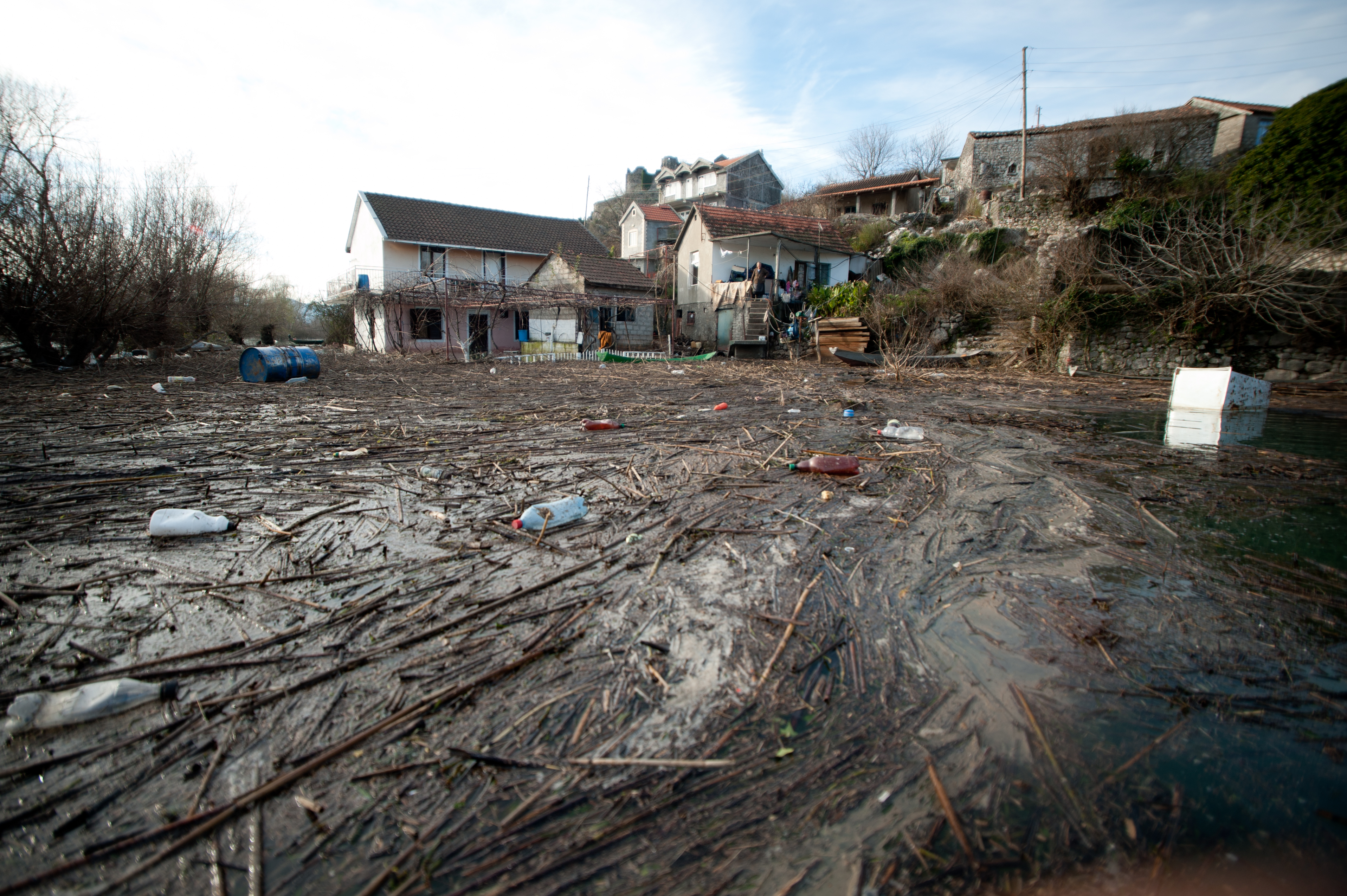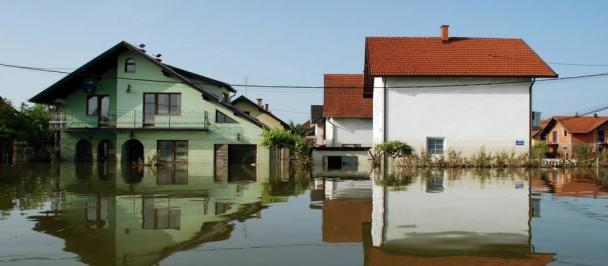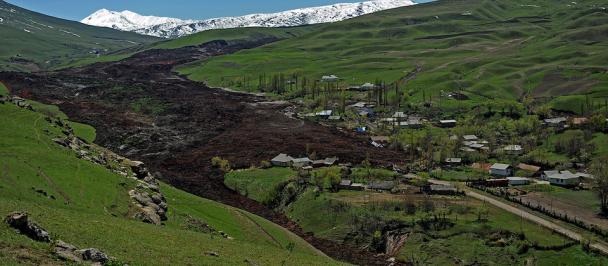Zabljak Crnojevica was affected by the devastating flood in 2010. Photo: Milos Vujovic/ UNDP Montenegro
The human cost of natural disasters is not just measured in the deaths and injuries that they cause, but also in terms of their lasting economic impact on survivors and countries. Natural disasters don’t just destroy homes and fields; they can altogether annihilate years of economic growth.
During 2005-2014, the region of Eastern Europe and CIS alone faced 314 disasters, resulting in more than 60,000 people killed, 11 million people affected and 25 billion US dollars worth of damage.
When disaster strikes, immediate steps must be taken to protect survivors and provide temporary shelter and emergency food and clothing to them. In the medium and long term, homes will need to be rebuilt, places of employment reconstructed and infrastructure of the area re-established. Ideally, this will be done in a manner that is resilient to future disasters. All this costs money.
It helps to inject money into a devastated area if those affected are insured. However, the example of Superstorm Sandy in the US also demonstrates the weakness of that approach. Even though Sandy struck one of the most economically developed areas of the world, only 50 percent of the overall economic loss there was insured. In developing economies, the insurance penetration is a mere fraction of that amount.
Increasing insurance penetration is a good goal, but it’s not enough over the long term.
If there is to be a solution that benefits everyone, it is likely that the solution will have to be organised by the government, whether on a national or local level. Such a solution cannot take the form of insurance as insurance requires an interest rate. A state sponsor will not own all of the property that is destroyed. In addition, insurance requires proof of loss and the resulting payments are only made on an indemnity basis. The adjustment process can be time consuming and delay the payment of funds.
There is, however, a form of instrument that is used to protect against catastrophes that is not insurance, and which can release funds immediately on the occurrence of a disaster.
Catastrophe Bonds (CAT Bonds) are part of a quickly growing mechanism for protection against disasters. They pay out automatically when disasters hit. While in their most common form, they might be a loss suffered by, say, an insurer, they can also be structured to get triggered by specific parameters, like the measured force of an earthquake or storm.
Some good examples to mention are the 2013 and 2015 «Bosphorus» earthquake CAT bonds, sponsored by the Turkish Catastrophe Insurance Pool (TCIP), which provided them with a source of fully-collateralized, multi-year protection against earthquake risks in Turkey (mainly in Istanbul).
Through CAT bonds, governments can provide timely shelter and support to victims and then set about rebuilding in a resilient manner. The injection of funds will help the local economy to recover from the disaster and, potentially, to grow. These bonds also allow a government to spread the cost of disaster over several fiscal years rather than creating a massive demand for funds in one particular year. As the money will flow from international financial markets, it will create a positive macroeconomic boost to the economy of the whole country.
As UNDP, we are working to develop insurance solutions and resilience with over 200 development, finance and insurance industry members. Without a common understanding of disaster risk financing or without dialogue and cross-sectoral work, our region will continue to lack funding for recovery actions and will not be able to fulfill the provisions of the Sendai Framework for Disaster Risk Reduction (2015-2030) and SDGs.
That’s why we’re organising a workshop on October 4-5th on Disaster Risk Reduction Financing. If you’re interested, you can get more information here.

 Locations
Locations


